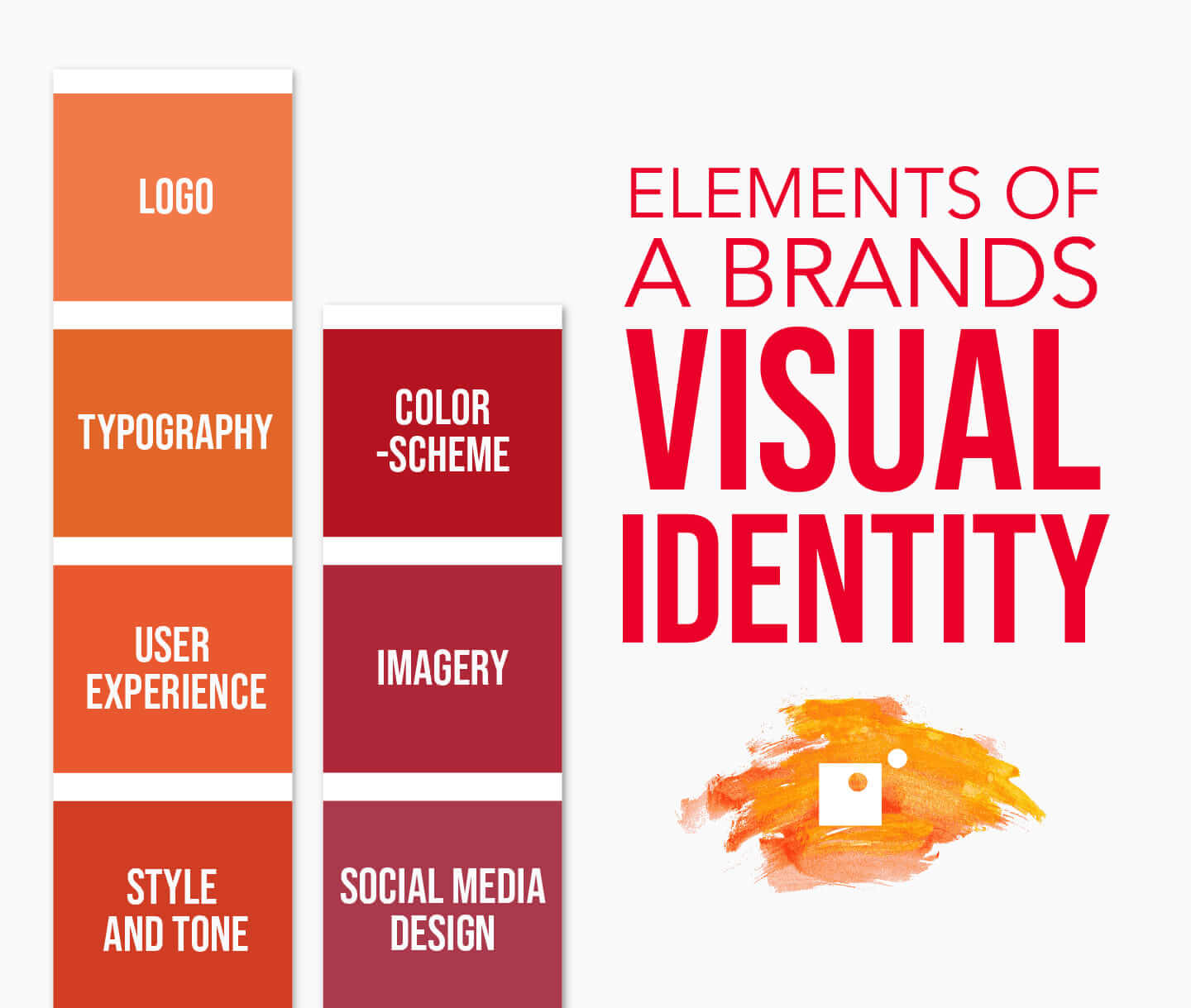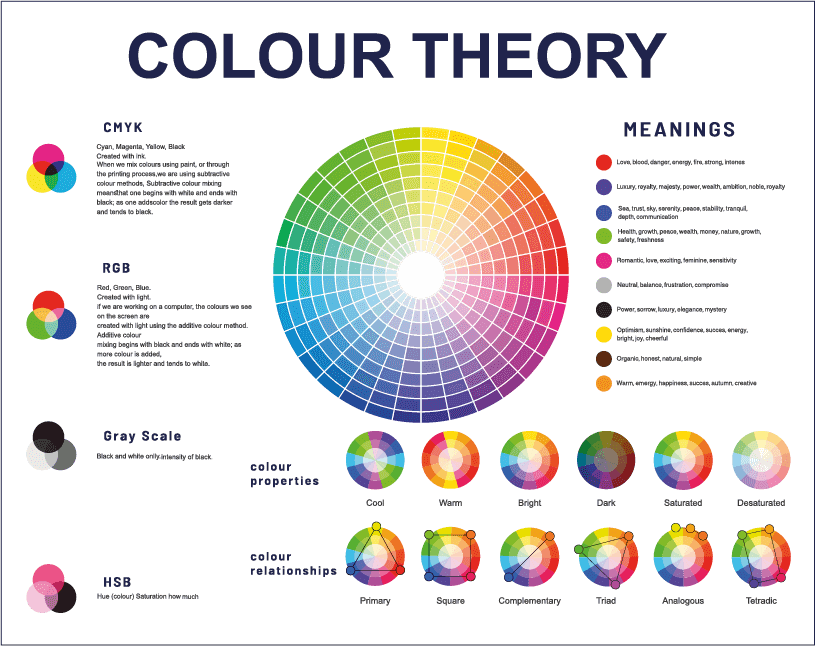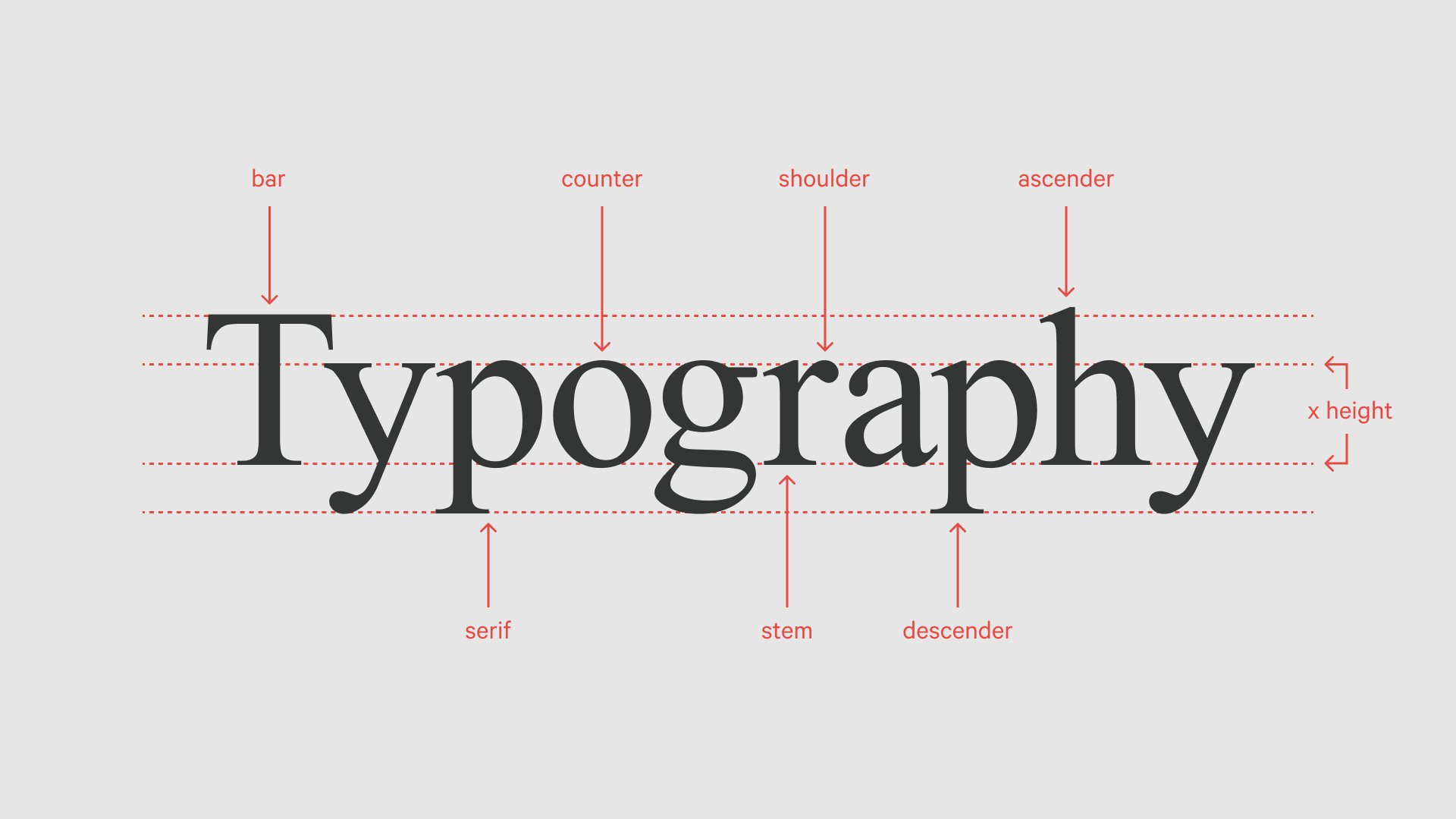What is Visual Identity?

Why is Visual Identity Important in Branding?

Key Elements of Visual Identity

How to Create a Strong Visual Identity

Examples of Effective Visual Identities

The Role of Color Psychology in Visual Identity

Typography and Its Impact

How It Affects Customer Perception

The Importance of Consistency

